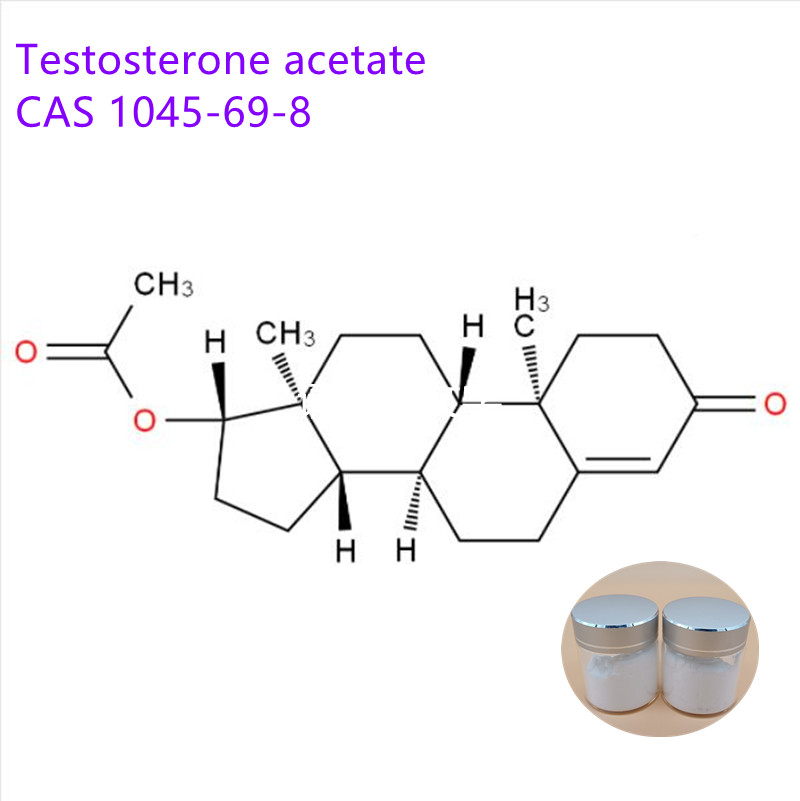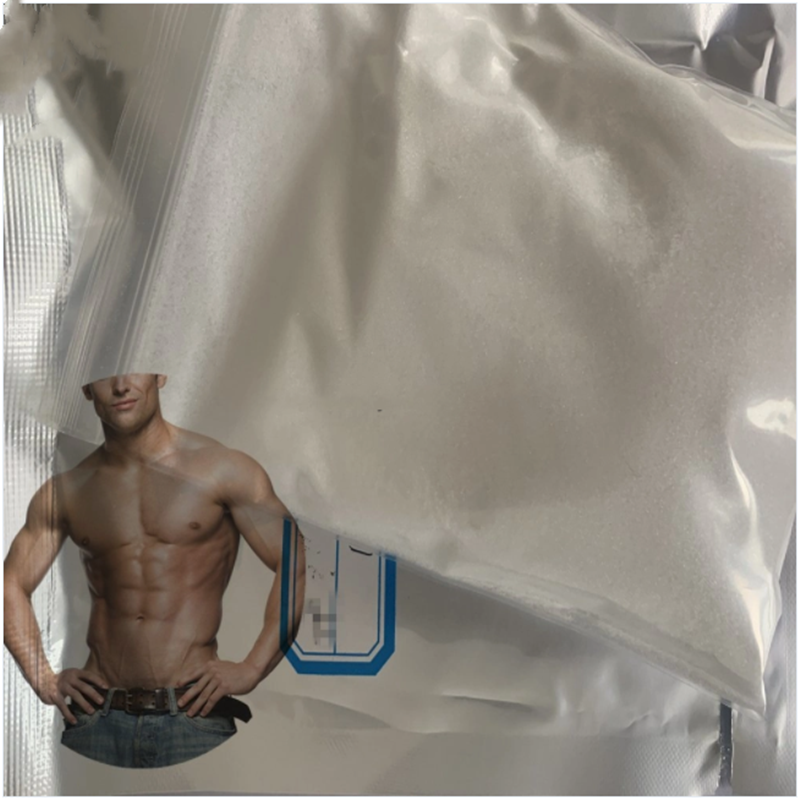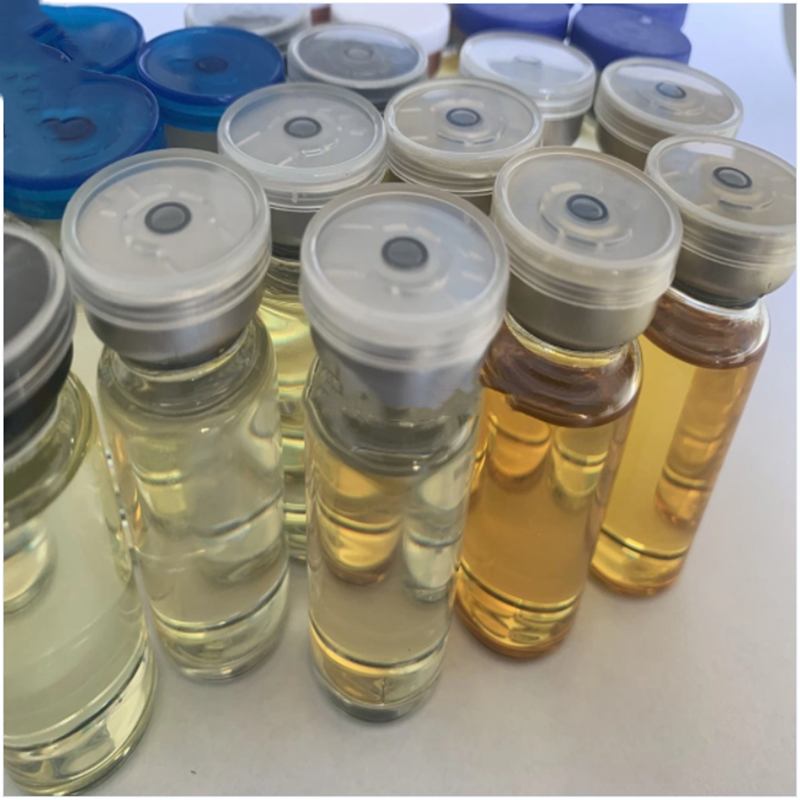The celery non-pollution cultivation technical operation regulations
First, facility requirements and exchange rules
1, facilities requirements. It is suitable for cultivation in various types of solar greenhouses, large, medium, and small arch sheds. In spring and autumn, sun protection is needed to shade, and winter cultivation requires auxiliary facilities to keep warm.
2, change the rules. The spring season is planted in the middle of March, and planted in late May and harvested in August. In the autumn, the nursery will be planted in late June, and planted in mid-September and harvested in late November. The winter cultivation was carried out in mid-September and planted at the end of December and harvested in late March. Winter celery shed after harvest for about 2 months. In this period, fast-growing vegetables such as rape and pak choi can be planted for short-term rotation to prevent diseases and insect pests from increasing due to long-term continuous cropping, and soil fertility will affect celery production.
Second, species selection
It is suitable for cultivation in Jinning, which has good resistance and is suitable for the local natural climatic conditions, and it also has a large demand in domestic and foreign markets.
Third, nursery
1, nursery seedlings. The direction of nursery crickets should be based on reasonable selection of nursery time. The cultivation of spring and winter sorghum is better with east-west construction. Qiujie is better north to south. Seedlings should choose high-lying land that can be easily planted. The 667 m2 of decomposed organic fertilizer is more than 3,000 kilograms, making it 1.2-1.5 meters wide and flat.
2, seed processing. Before sowing, soak in 50-55°C warm water and soak for 24 hours. After the seeds are swollen, they are soaked in a solution of 0.3% potassium dihydrogen phosphate for 10-15 minutes and then placed under 15-20°C for germination. Seeds can be sown when exposed.
3, sowing. One day before sowing, the seedbed should be filled with bottom water. After the water has penetrated, a fine layer of soil is sprinkled on the surface of the seedbed. Mix well with fine sand and seeds, spread evenly on the seedbed, and cover soil to a thickness of 0.5 cm.
4, seedling management. After the emergence, we should timely cultivating and weeding. Spring sorghum nursery should be roasted for 15-20 days before sowing. After sowing, it should be covered with straw and sward insulation. The quail temperature is maintained at 15-20°C, and the temperature is lowered appropriately after emergence. The temperature is not higher than 20°C during the day and not lower than 8°C during the night. Spring seedlings need to prevent vernalization during seedlings, and nighttime temperatures must be controlled above 8°C.
Qiuyu nursery is in the summer, after planting, care should be taken to prevent shading and prevent roasting.
The late winter nursery should pay attention to insulation, prevent early frost, produce frost damage.
Fourth, colonization
Seedlings 4-6 true leaves, 60-70 days old, began to colonize. Plant seedlings 2-3 days before planting. When planting, the selection of leaf hypertrophy and the development of strong seedlings with well-developed roots were performed on a sunny morning. Plant spacing 8-10 centimeters, spacing 18-20 centimeters, planting depth to not bury the heart as the degree, should be shallow should not be deep. The spring eel is planted in late May and watered after planting. Autumn crickets are planted in mid-September and covered with shading after planting. The winter sorghum is planted in late December and the mulching film is warmed.
V. Field Management
1, slow seedling management. Slow seedlings should be properly controlled fertilizer seedlings to promote root and leaf differentiation. Spring sorghum does not need to slow seedlings. After planting, it must attack the fertilizer and water to promote growth and prevent premature twitching.
2, fertilizer and water management. The celery grows 7-8 leaves and enters the vigorous growth stage. At this time, fertilizer and water should be increased. Apply urea or compound fertilizer once every 15-20 days, and apply 10-15 kg to 667m2.
3, temperature and light control. Before the middle of June, spring celery celery should be covered with grasshoppers at night and ventilation should be reduced during the day. The grasshoppers were removed in late June, shade nets were placed on the film, and ventilation was increased during the day. During this period, more rain, it is necessary to timely clear the drainage channels in the field to prevent rain from entering the shed and causing rotten seedlings. Qiuyu will be covered with grasshopper insulation from late October to prevent freezing damage.
In the event of a dark day in winter, it should be unveiled at noon.
6. Harvesting
The celery plant can be harvested up to 60-80 cm, and it must be uprooted when harvested. The spring eel is generally harvested in mid-August, autumn eel is harvested in late November, and winter eel is harvested in late March. After harvesting, the leaves and leaves of the shed should be eliminated. 667 m2 applies decomposed organic fertilizer 3000-5000 kg, 15-20 kg urea or compound fertilizer.
VII. Pest Control
For fungal diseases such as spot blight, leaf spot, and sclerotinia, we use chlorothalonil, mancozeb, thiophanate-methyl, and carbendazim to spray WP at the beginning of disease, every 7-10 days. Times, for 2-3 consecutive days.
Soft rot and other bacterial diseases are sprayed with neomycin, agricultural streptomycin, and DT suspension, etc., once every 7-10 days for 2-3 consecutive times.
Liriomyza sativae Blanchard (Liriomyza huidobrensis) is controlled by biological pesticides such as avermectin (Aviriqing), and once every 7-10 days for 2-3 consecutive times.
All pesticides should be discontinued 10 days before harvest. Before the cultivation of celery and celery, it should be kept in high temperature for 2-3 days, and smoked with 45% chlorothalonil to prevent and treat diseases. With 50% extermination of smoke, fumigation of 20.25 kg per 667 meters, control aphids.
Steroid hormones, also known as steroid hormones, are a class of tetracyclic aliphatic hydrocarbon compounds with a cyclopentane polyhydrophenanthrene nucleus. It has very important medical value. It has a clear role in maintaining life, regulating sexual function, body development, immune regulation, skin disease treatment and birth control.

Steroids include steroids (eg cholesterol, lanosterol, sitosterol, stigmasterol, ergosterol), bile acids and bile alcohols, steroid hormones (eg adrenal corticosteroids, androgens, estrogens),

Our company specializes in providing steroid series products, welcome to inquire and order

Steroids Oil,Steroid Powder,Steroids Injections,Steroid Powder And Oil
XI AN RHINE BIOLOGICAL TECHNOLOGY CO.,LTD , https://www.rhinebioteches.com
